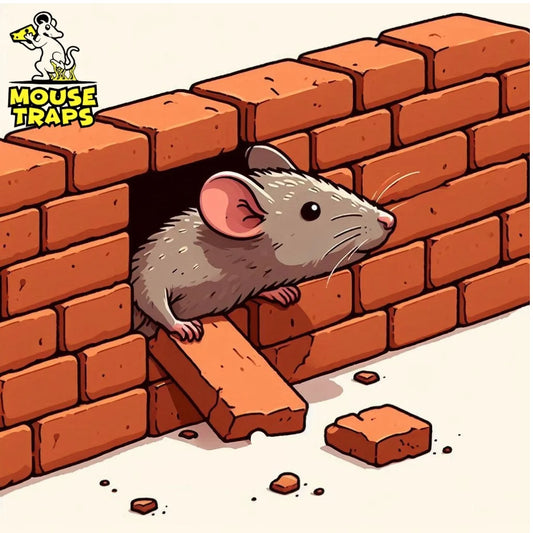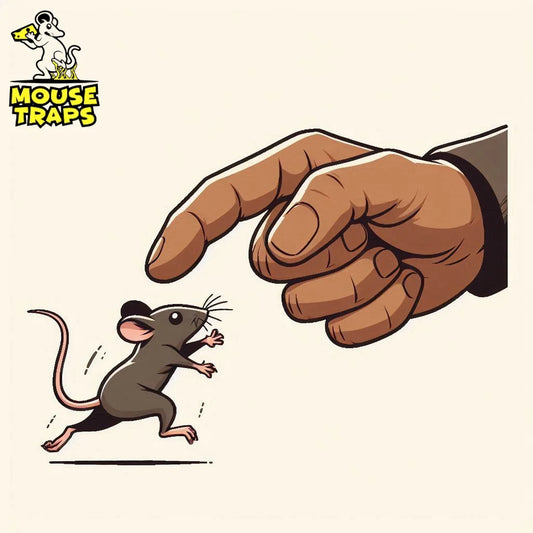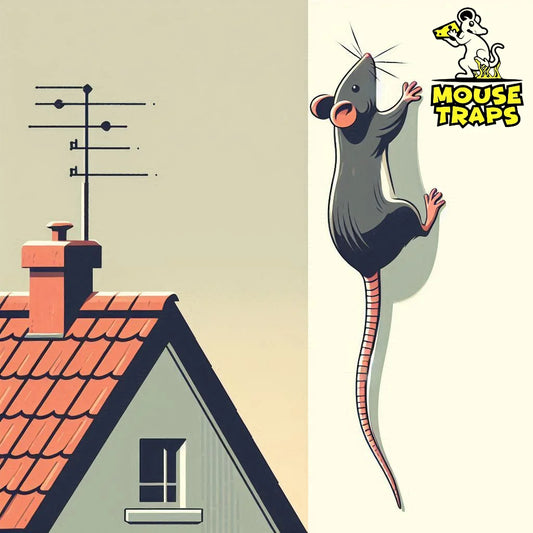Introduction:
Rats can be a nuisance when they decide to take up residence in our outdoor furniture or structures. They not have the potential to create harm. They also bring about health concerns. Luckily there are steps you can implement to prevent rats from making homes, in these spaces. In this piece we will delve into nine tactics to deter rats and uphold a rodent outdoor space.
Remove Food Sources:
- Secure Garbage Bins: Use tightly sealed lids on outdoor garbage bins to prevent rats from accessing food waste.
- Clean Spills Promptly: Quickly clean up any food or beverage spills in outdoor areas to remove potential food sources for rats.
- Pet Food: Avoid leaving pet food outside for extended periods, especially overnight, as it can attract rats.

Seal Entry Points:
- Inspect Furniture and Structures: Regularly inspect outdoor furniture, sheds, and other structures for any openings or gaps where rats could enter.
- Seal with Materials: Use materials such as metal mesh, wire wool, or caulk to seal any gaps or holes. Ensure that the materials are sturdy and cannot be chewed through by rats.

Remove Nesting Materials:
- Clean Up Debris: Keep outdoor areas tidy by removing piles of leaves, grass clippings, or woodpiles that rats could use for nesting.
- Store Items Properly: Store outdoor cushions, pillows, and other items in sealed containers or bins when not in use to prevent rats from using them as nesting material.

Trim Vegetation:
- Clear Undergrowth: Trim bushes, shrubs, and trees around outdoor furniture and structures to reduce hiding spots and make it more difficult for rats to access these areas.
- Maintain a Clear Perimeter: Ensure there is a clear space between vegetation and outdoor structures to discourage rats from nesting.

Use Repellents:
- Peppermint Oil: Soak cotton balls in peppermint oil and place them around the perimeter of outdoor areas, as rats are repelled by the strong scent.
- Mothballs: Scatter mothballs around the base of outdoor furniture or structures to deter rats, but be cautious as they can be toxic to pets and children.
- Ultrasonic Repellents: Install ultrasonic devices that emit high-frequency sound waves, which are unpleasant for rats and can discourage them from nesting in the area.

Set Traps:
- Choose Appropriate Traps: Select traps suitable for outdoor use, such as snap traps or live traps.
- Strategic Placement: Place traps along walls or near entry points where rats are likely to travel. Bait traps with peanut butter, bacon, or other irresistible foods to increase their effectiveness.

Live Humane Traps:
Live humane traps are designed to capture rodents without harming them, allowing for their safe relocation. These traps usually involve a cage, with a door that shuts once the rodent goes inside keeping them from getting out.

Here are some benefits and explanations of live humane traps:
-
Non-Lethal: Live humane traps offer a humane approach to rodent control by capturing them alive without causing harm. This option is particularly attractive, to people who choose not to employ techniques, for managing pests.
-
Safe and Environmentally Friendly: These traps are safe to use around children and pets since they do not involve the use of toxic baits or chemicals. They are also eco friendly since they don't add to pollution or endanger species.
-
Easy to Use: Live humane traps are relatively easy to set up and use. They typically require bait to attract the rodents into the trap, and once captured, the rodents can be safely released outdoors away from the property.
-
Reusable: Many live humane traps are reusable, allowing for multiple captures without the need to purchase additional traps. They are a budget eco friendly choice, for managing rodents.
-
Legal Compliance: In some areas, the use of live humane traps may be a legal requirement for dealing with certain types of rodents. Using these traps ensures compliance with local regulations and animal welfare standards.
Sticky Glue Mouse Pads:
Sticky glue mouse pads, also known as glue traps, are adhesive traps designed to capture mice and other small rodents. These devices are designed with a surface that captures rodents upon contact.

Here are some explanations and benefits of sticky glue mouse pads:
-
Effective at Capturing Rodents: Sticky glue mouse pads are highly effective at capturing mice and other small rodents. Once a rodent steps onto the sticky surface, they become firmly trapped, preventing them from escaping.
-
Easy to Use: These traps are simple to set up and require no bait or additional maintenance once in place. You can position them next, to walls in corners or any spot where you notice movement.
-
Safe for Children and Pets: Sticky glue mouse pads are considered safer for children and pets compared to traditional snap traps or rodenticides. They do not contain harmful chemicals or pose a risk of injury to curious pets or children.
-
Cost-Effective: Glue traps are often an affordable option for rodent control, particularly when purchased in bulk. They provide a budget-friendly solution for dealing with minor rodent infestations.
-
Indication of Rodent Activity: The presence of rodents caught on glue traps serves as a visual indicator of rodent activity in a particular area. This might help homeowners or pest control professionals identify areas and take action to address the pest problem.
Maintain Cleanliness:
- Regular Cleaning: Clean outdoor furniture and structures regularly to remove food crumbs, spills, and other debris that could attract rats.
- Proper Storage: Store outdoor items such as cushions, gardening tools, and toys in sealed containers or sheds to minimize potential hiding spots for rats.

Pet Presence:
- Use Pet Deterrents: Allow pets such as cats or dogs to roam in outdoor areas, as their presence can deter rats from nesting due to the risk of predation.
- Supervise Pets: Ensure that pets are supervised while outdoors to prevent them from accessing areas where rat traps or repellents have been placed.

FAQs:
Conclusion:
By implementing these nine strategies, you can effectively discourage rats from nesting in outdoor furniture or structures and maintain a rodent-free environment. Regular maintenance, proper storage, and proactive prevention measures are key to keeping rats at bay and enjoying your outdoor space to the fullest.




